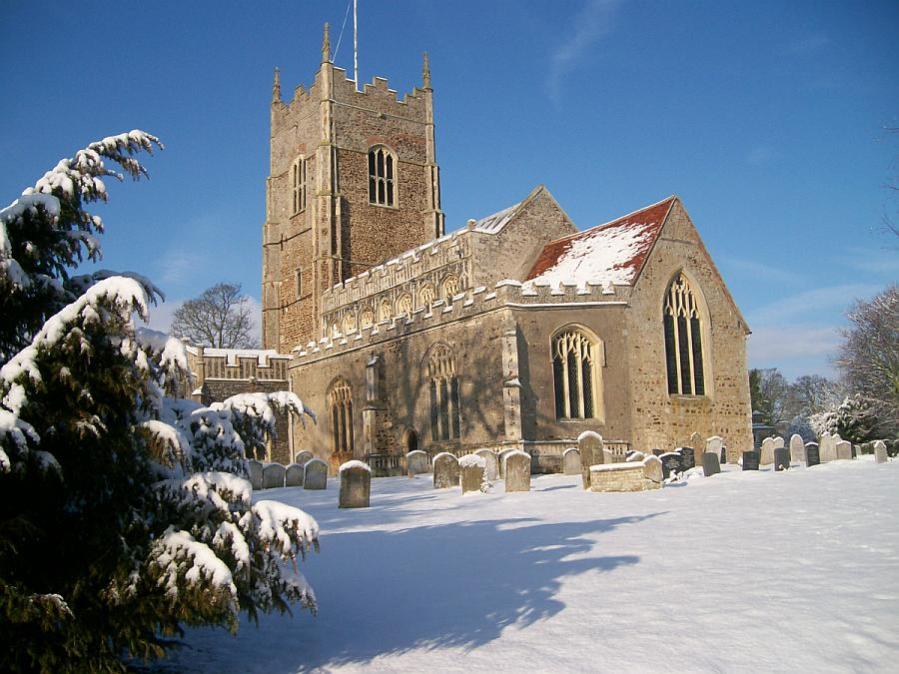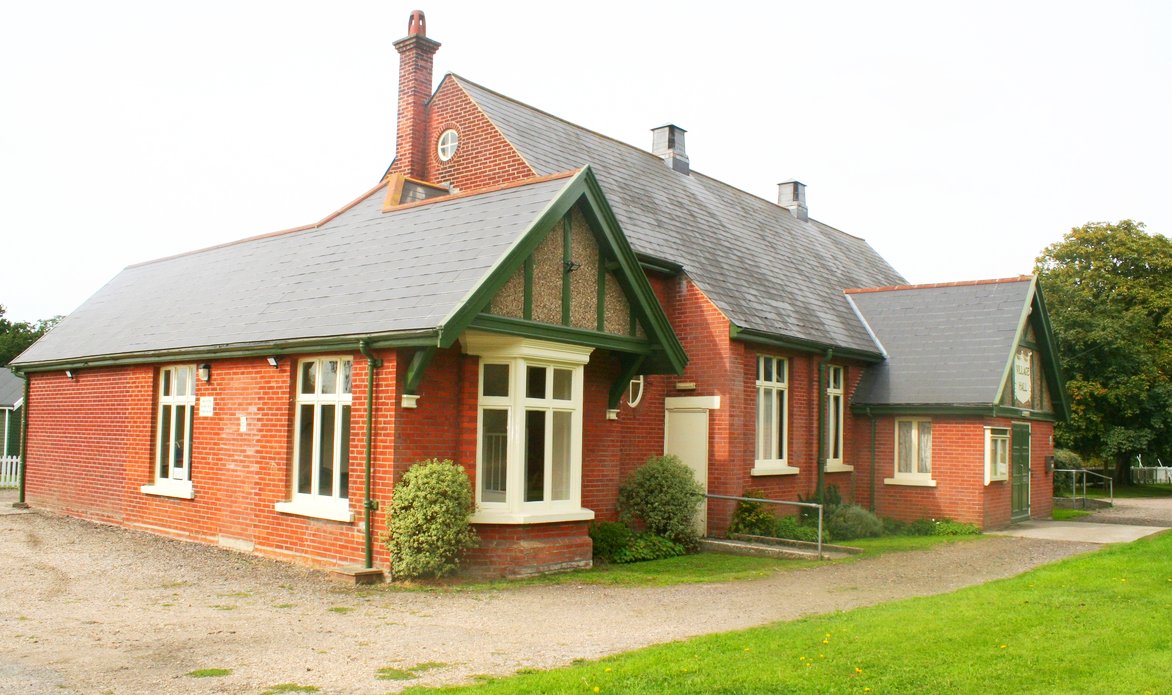Welcome to Great Bromley, Essex
This Community Website for Great Bromley, in Essex, was first published in 2002. Any material for possible inclusion on the website and/or in the parish magazine would be welcome - please see our Contact Page to find the right place to send it.
The Parish of Great Bromley lies within the Tendring Peninsula and is located 7 miles east of the town of Colchester and 5 miles south of the town of Manningtree. The parish covers an area of 3000 acres of mainly good quality agricultural land interspaced by small areas of woodland. The north of the parish is rural in nature and relatively sparsely populated, as is the centre of the village in the vicinity of St George's Church and Primary School. The village was divided into two parts with the building of the A120 trunk road in the early 1980s and it is in the more densely populated Hare Green and Balls Green areas to the south of this 'new' road that the majority of the 400 or so households in the parish are located.
The name 'Bromley' is believed to mean 'Broom clearing' and mention of Great Bromley is made in the Domesday Book of 1086. The parish has had several different spellings and pronunciations since that time and it is highly likely that the current adjacent parishes of Great and Little Bromley were in ancient times part of one larger village of Bromley.

The centre of the village is dominated by the Parish Church of St George the Martyr. This magnificent building with its double hammerbeam roof and large tower is widely considered to be one of finest churches in North Essex. Some other notable buildings in the village are: the adjacent Great Bromley Hall, now a Leonard Cheshire Foundation Cheshire Home; Great Bromley Lodge, renamed Hamilton Lodge and until 2018 a residential home for the disabled; St George's C of E Primary School, founded in 1863 as a Church Foundation School; and Copley Dene, a fine Queen Anne country house and the former rectory situated on the crest of Parsons Hill adjacent to the Village Hall and cricket pitch.

The rich mix of village facilities continue to be popular and there are a number of clubs, societies and organisations providing opportunities for local recreation and enjoyment.
There is an ongoing international dimension to the village - a historical link with the United States of America. In 1634 Gregory and Simon Stone left the village to find a new way of life in the 'New World'. Originally based in Watertown, Massachusetts, the Stone Family is now spread across the United States and the Stone descendants are still in regular contact with the village, primarily through the 'Stone Association' founded in 1897. The Stone family descendants have provided a delightful stained glass window in St George's Church depicting The Increase and a Native American to celebrate this epic voyage nearly 400 years ago.
